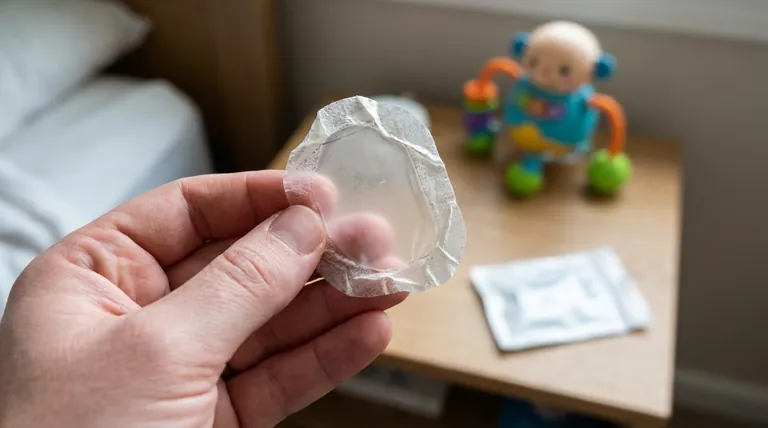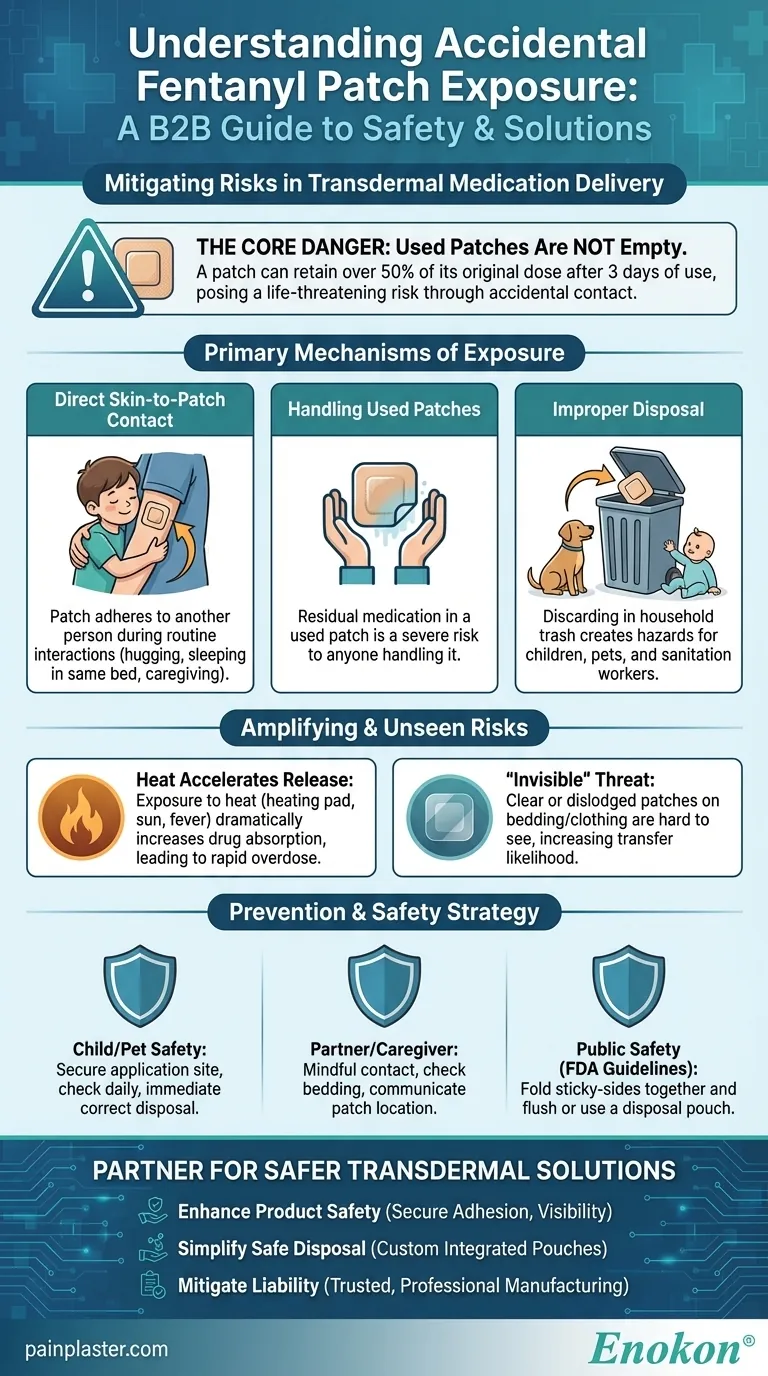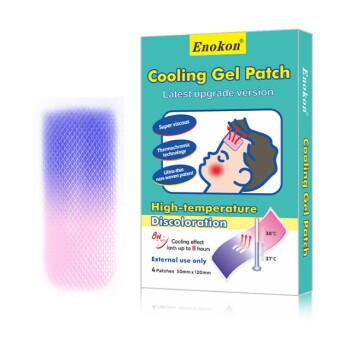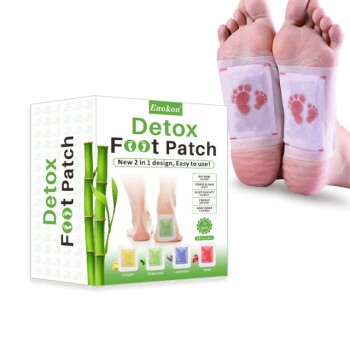Accidental exposure to a fentanyl patch occurs primarily through direct skin contact with either a new or used patch. Because the patch is designed with a strong adhesive to stick to the patient, it can easily adhere to another person, such as a child or partner, through casual contact, posing a life-threatening risk.
The core danger lies in a critical misunderstanding: fentanyl patches are not "empty" after their prescribed use. A patch worn for three days can still contain over 50% of its original dose, making improper handling and disposal a significant risk for accidental, and potentially fatal, exposure to others.

The Primary Mechanisms of Accidental Exposure
To understand how to prevent exposure, it's essential to recognize the specific scenarios where it happens most often. The danger stems from both the nature of the patch itself and the potency of the medication it contains.
Direct Skin-to-Patch Contact
The most common route of accidental exposure is direct physical contact. The patch's adhesive backing can easily stick to the skin of another person during routine interactions like hugging, sleeping in the same bed, or caring for the patient.
This is particularly dangerous for children, whose smaller body mass and lack of opioid tolerance mean even a brief exposure can result in a fatal overdose.
The Danger of Used Patches
A fentanyl patch is designed to deliver a steady, controlled dose over 72 hours. It is not depleted or empty at the end of this period.
In fact, a used patch can retain a significant amount of active fentanyl. This residual medication is more than enough to cause severe respiratory depression or death in a child, pet, or any opioid-naive individual who comes into contact with it.
Improper Disposal Risks
Discarding a patch in household trash creates a serious hazard. A child or pet could find and play with, chew on, or apply the patch to their skin.
Even sanitation workers or others who handle waste could be exposed. This risk is why specific, secure disposal methods are mandated.
Why Even Brief Contact is So Dangerous
The pharmacology of fentanyl and the design of the transdermal patch system combine to make accidental exposure uniquely hazardous.
The Science of Transdermal Delivery
Fentanyl is lipophilic, meaning it dissolves in fats and is very effectively absorbed through the skin's lipid layers directly into the systemic circulation.
This property is what makes the patch an effective pain management tool, but it also means that simple skin contact is an efficient delivery mechanism for an accidental overdose.
The Amplifying Effect of Heat
Exposing a fentanyl patch to heat—whether from a heating pad, electric blanket, direct sunlight, or even a fever—dramatically accelerates the rate at which the drug is released.
This can cause a rapid, uncontrolled surge of fentanyl into the bloodstream, turning a therapeutic dose for the patient into a dangerous overdose for them or anyone the patch might be touching.
Understanding the Unseen Risks
Beyond the obvious scenarios, several subtle factors increase the risk of accidental exposure and must be managed with vigilance.
The "Invisible" Threat of Clear Patches
Some fentanyl patches are transparent and can be very difficult to see, especially on certain skin tones or if they have partially dislodged and are stuck to bedding or clothing.
This "invisibility" increases the likelihood that a patch could be transferred to another person without anyone realizing it until symptoms of overdose appear.
Exposure Beyond People
Pets are also at high risk. A dog or cat might lick or chew a discarded patch found in the trash, leading to rapid and often fatal poisoning.
The Disparity in Tolerance
The most critical factor is opioid tolerance. A dose that provides pain relief for a patient with chronic pain who is accustomed to strong opioids can easily be a lethal dose for someone who is not, particularly a child.
How to Prevent Accidental Exposure
Your prevention strategy must account for the entire lifecycle of the patch, from application to final disposal.
- If your primary focus is child or pet safety: Ensure the patch is applied to an area the child cannot easily touch, check it daily for adhesion, and dispose of it immediately and correctly after removal.
- If your primary focus is protecting partners or caregivers: Be mindful during close physical contact, check bedding and clothing for dislodged patches, and communicate clearly about where the patch is located.
- If your primary focus is public and environmental safety: Follow FDA guidelines for disposal, which often involve folding the used patch sticky-sides together and flushing it or sealing it in a disposal pouch before throwing it away.
Vigilance is the most effective tool for using this powerful medication while ensuring the safety of everyone around you.
Summary Table:
| Risk Factor | How Exposure Occurs | Who is at Risk |
|---|---|---|
| Direct Skin Contact | Patch adheres to another person during hugging, sleeping, or caregiving. | Children, partners, caregivers. |
| Used Patch Handling | Significant residual fentanyl (50%+) remains after 72-hour use. | Anyone handling a 'used' patch, especially children and pets. |
| Improper Disposal | Discarded patch is found in trash and handled, chewed, or applied. | Children, pets, sanitation workers. |
| Heat Exposure | Heat (fever, heating pad) accelerates drug release, increasing overdose risk. | Patient and anyone in close contact. |
Ensure Patient and Public Safety with Secure Transdermal Solutions
Accidental exposure to potent medications is a critical concern for healthcare distributors and brands. At Enokon, we specialize in the bulk manufacturing of reliable, safety-focused transdermal patches. Our technical expertise ensures robust adhesive systems and clear safety protocols are designed into your product from the start.
Partner with us to:
- Enhance Product Safety: Leverage our R&D for patches with secure adhesion and clear visibility to minimize transfer risks.
- Simplify Safe Disposal: Develop custom solutions, like integrated disposal pouches, to protect end-users and the environment.
- Mitigate Liability: Provide your customers with a trusted, professionally manufactured product that prioritizes safety.
Let's collaborate on developing a safer transdermal delivery system. Contact our experts today to discuss your custom patch requirements.
Visual Guide

Related Products
- Icy Hot Menthol Medicine Pain Relief Patch
- Menthol Gel Pain Relief Patch
- Far Infrared Deep Heat Relief Patches Medicated Pain Relief Patches
- Asthma Cough and Pain Relief Patch for Adults and Kids
- Mugwort Wormwood Pain Relief Patch for Neck Pain
People Also Ask
- Can cooling patches be used on newborns? Safe Fever Relief for Infants
- How does menthol in the patch work to relieve pain? Discover the Science Behind Fast-Acting Relief
- Are cooling patches reusable? Understanding Single-Use Cooling Solutions
- How does menthol function as a topical analgesic? The Science Behind Cooling Pain Relief
- What are the pharmacokinetics of topical menthol application? Rapid Absorption & Short-Term Relief Explained















